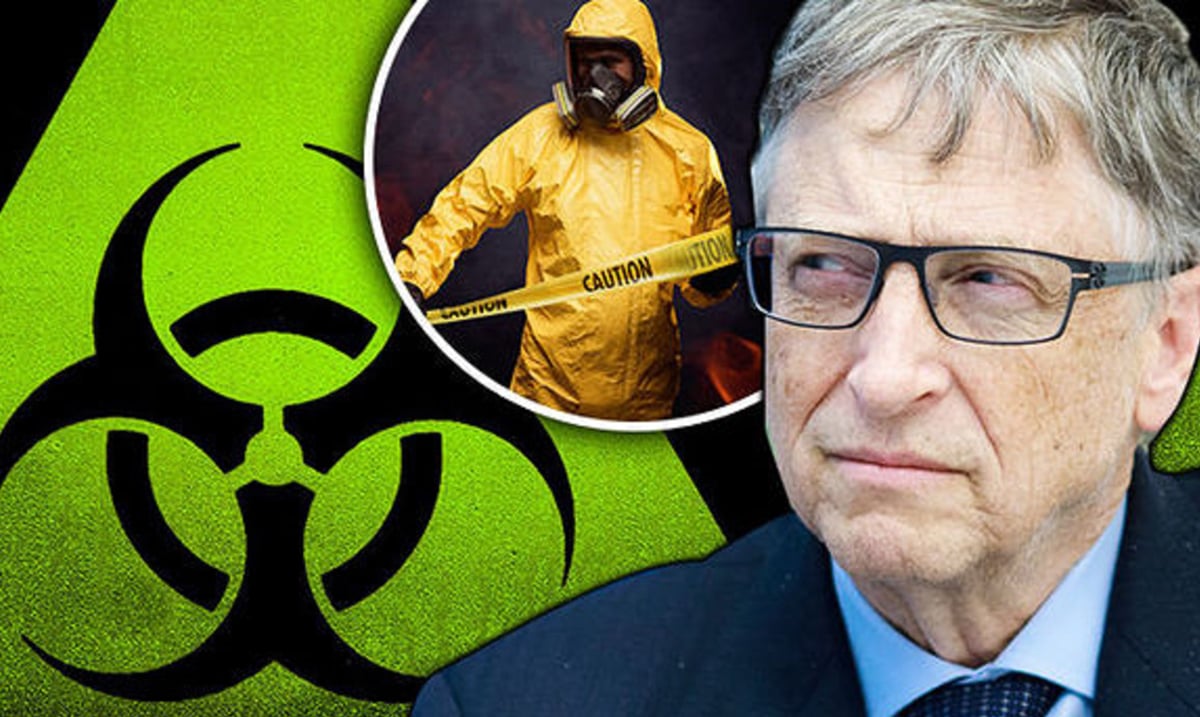If we look back throughout history, we will find that despite our best attempts from generation to generation, we, as a species, have encountered some horrible diseases, epidemics, claiming the lives of millions all around the world. While there are steps that we can take to protect ourselves, we will never know when another epidemic is just around the corner.
Take, for example, the plague that was Polio, an infectious disease that peaked in the United States in 1952, at which point 57,628 cases were reported throughout the nation. The disease works by infecting an individual’s brain and spinal cord, bringing about feelings of pins and needles, which can then lead to paralysis and, in the more severe cases death. Adding to the horror that this disease spreads, post-polio syndrome refers to a condition in which new muscle pain, weakness or even paralysis can develop 15 to 40 years after is it believed that the original infection has been beaten. Luckily for those of us living in the United States today, modern vaccines have all but eliminated any transmission of the disease.
However, many experts are now worried about the next epidemic that will strike, and just what it will mean for our global population. In fact, they warn that we are ‘overdue’ for one to strike.
It is a concern that has been identified by the World Health Organization (WHO), who refer to it as ‘Disease X’. The WHO advises that Disease X “represents the knowledge that a serious international epidemic could be caused by a pathogen currently unknown to cause human disease.” For this reason, Disease X was included in the 2018 R&D Blueprint, a published plan outlining how to prepare for health emergencies by accelerating both research and development.
Just last April, in a discussion hosted by the Massachusetts Medical Society and the New England Journal of Medicine, Bill Gates shared his concerns regarding the risk of such an epidemic coming in the next decade and his fear that we, as a society, are far from being prepared.
He compared the current level of preparation to that of war and violent attacks. Right now, he explained, if you were to approach any major government around the globe and tell them that someone had developed a weapon capable of killing 30 million people it would be met with a sense of urgency. “In the case of biological threats, that sense of urgency is lacking,” Gates stated. “The world needs to prepare for pandemics in the same serious way it prepares for war.”
Gates presented a simulation from the Institute for Disease Modeling, outlining their predictions for the coming epidemic. They believe that we will see a flu similar to the Spanish Flu, otherwise known as the ‘Flu of 1918’, which was associated with the deaths of 50 million people or more. This new flu, they predict, will claim the lives of 30 million people within just 6 months.
Now, don’t take Gates’ message the wrong way. He isn’t trying to create panic or paint a picture that the global society is doomed. Instead, he assured everyone present that he is an optimist and truly believes that we have the ability to prepare adequately for the coming viral or bacterial threat. Putting his money where his mouth is, Gates announced that the Bill and Melinda Gates Foundation will offer $12 million in grants to encourage the development of a universal flu vaccine.

